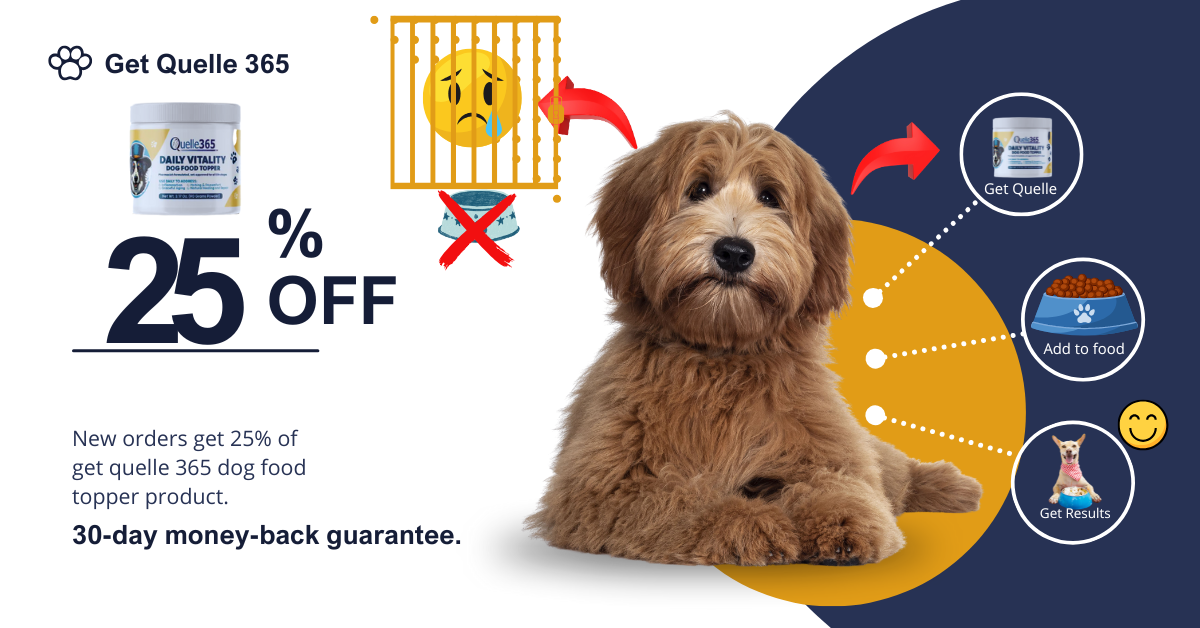Those in B.C. and throughout Canada who often travel south of the border with their dog by land, sea or air will soon have to follow new rules set out by the Centers for Disease Control and Prevention (CDC).
Starting Aug. 1, 2024, all canines, including service dogs, will have to appear healthy, be at least six months old and be microchipped when entering the U.S., according to the CDC.
In addition to the already required forms, the organization says dogs must also have a CDC Dog Import Form, which can be filled out online starting July 15.
Dr. Danny Joffe, a Calgary veterinarian and vice president of medical operations at VCA Canada Animal Hospitals, says a microchip and implanting it can cost between $100 to $150. This procedure can be done at a vet clinic or hospital.
Joffe says the changes will have “a major impact” on dogs crossing into the U.S.
“…the rules are very different than they used to be, and there will be a lot of confusion moving forward,” he said in an email to CHEK News Tuesday.
He’s encouraging dog owners to carefully review the CDC website “to ensure they have all the relevant information and requirements for their dog to travel…”
Story continues below
Watch on TikTok
The CDC says extra documentation may be needed based on where the dog has been in the last six months and whether or not it received its rabies vaccine in the U.S.
That’s because dogs arriving from countries with a high risk of dog rabies must be protected against the disease, according to the organization. Canada is not considered high risk, however, the CDC says the new rules still apply to Canadians and come in an effort to help protect the health and safety of people and pets.
The list of high-risk counties is here.
“The rabies virus variant carried by dogs (dog rabies) was eliminated in the United States in 2007, and CDC wants to prevent the re-introduction of dog rabies into the United States,” said the CDC in a news release earlier this month.
It says the regulation builds on “lessons learned from the COVID-19 pandemic when a temporary suspension was enacted for the importation of dogs from countries with a high risk of rabies.” That suspension expires on Aug. 1, the same day the new rules take effect.
Groups have voiced concerns. The Canadian Kennel Club says the rules will “unduly impact many responsible CKC members,” while the Canadian Snowbirds Association is warning its members that the changes may “impact” travel.
The CDC says its new online question-and-answer tool, DogBot, is helping people determine exactly what’s needed for their U.S.-bound dog. It can be found online here.
The organization is encouraging people to plan ahead, as dogs that do not meet all the new requirements or have the needed forms will be denied entry to the U.S. come Aug. 1.
Find all the details on the CDC’s website.
Editorial Policies
Report an Error









